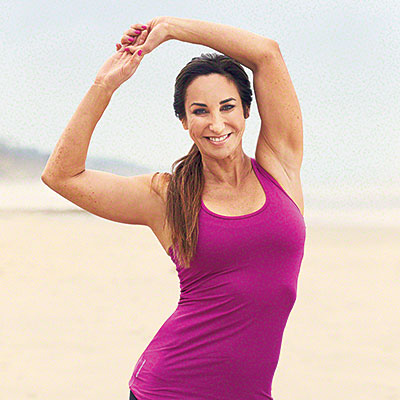Production of Estrogen in Human Body
Like the other steroid hormones, the estrogens also diffuse across the cell membranes. Once inside the cell membrane they would bind themselves with the estrogen receptors, which would modulate the expression of different genes. The estrogen therapy Charlotte is used extensively to treat different postmenopausal symptoms. They would also activate the G-protein coupled receptor, GPR30.
There are basically two types of estrogens, steroidal and non-steroidal. The major kind of estrogen that is found in the body of the women is estrone, estradiol and estriol. The estradiol is present primarily during the reproductive years measured in terms of the absolute serum levels as well as estrogenic activity. It is during the menopause, that estrone predominantly circulates in the body. When one is pregnant, it is estriol that would circulate in terms of serum levels. Estriol is present in huge amounts and yet it is the weakest whereas estradiol is strongest. The latter is the most important hormone present in non-pregnant women who is in between menarche and menopause stage. This role shifts to estriol. In the post menopausal stage, it is estrone takes the role of the primary estrogen in the body. There is a fourth kind, the estetrol that is excreted during pregnancy. The different forms are synthesized from androgens specifically testosterone and androstenedione. The enzyme aromatase acts as the catalyst.
There is range of non-steroidal products that has been identified which posses the similar estrogenic activity. The first is the synthetic substances, which are also referred as the xenoestrogens. The plant products that display the same estrogenic activity are known as phytoestrogen. The last type is produced by the fungi that are known as the mycoestrogens. These are non-steroidal in characteristics.
The ovaries produce the estrogen in the female human beings. The functionality changes over to the placenta when they are pregnant. There is a follicle stimulating hormone (FSH) that would produce estrogen by stimulating ovaries. There is ovarian production of estrogen in the granulosa cells of the ovarian follicles and the corpora lutea. The liver, breasts and the adrenal glands also produce the estrogen. The secondary sources of estrogen become extremely important for the postmenopausal women. The estrogen therapy Charlotte substitutes the missing amount of estrogen. Sometimes the fat cells also produce estrogen.
In the female gender of mammals, the synthesis of the estrogen begins in the interna cells of the ovary. The catalyst is the androstenedione from cholesterol. Androstenedione is produced from the weak androgenic activity that would act as the precursor for the massive androgens like the testosterone and estrogen. This androstenedione would cross the surrounding granulosa cells, where it would be converted to the all important estrone or testosterone. Estradiol is produced as the next step. From this entire complex process, we can safely conclude that granulosa and ca cells are an indispensable part for the production of estrogen from the ovaries. During the menstrual cycles, there is an upheaval of estrogen levels in the body.
Related Articles
-
A Guide for Finding the Right Weight Loss Program
Basically you should understand that weight of your body is influenced
-
Is Fat Burning Furnace For Real
Can you believe someone who is neither a trainer nor a nutrition exper
-
Things to know about post natal exercise
-
Eat 6 Meals a Day for Maximum Weight Loss
There are so many people who think losing weight is about slashing you
-
Negative Calorie Foods! Are They For Real?
All foods have some calories. No food is actually negative calorie foo
-
Nutritional Therapy Might Get You to Loose Weight
Too many ways to lose weight yet still lost not an ounce of it. This
- DON'T MISS
- 3 Vegetables That Can Help You To Lose Unwanted Belly Fat
- Finally, Natural Weight Loss Availalble, Judge Lifts Ban on Ephedra
- Fat Burning Furnace - The Single Fastest Way to Lose Body Fat in 7 Weeks!
- How to get Massive Female Thighs and Shapely Muscular Calves
- The Diet Life Movie
- Tummy Tuck and Rhinoplasty Enhancing your Look
- Dare To Be Slim
- Cellulite Gel Can Do Wonders
- Try to learn and implement what you have learned in any health retreat program
- Things to consider before beginning with a weight loss Tacoma plan




